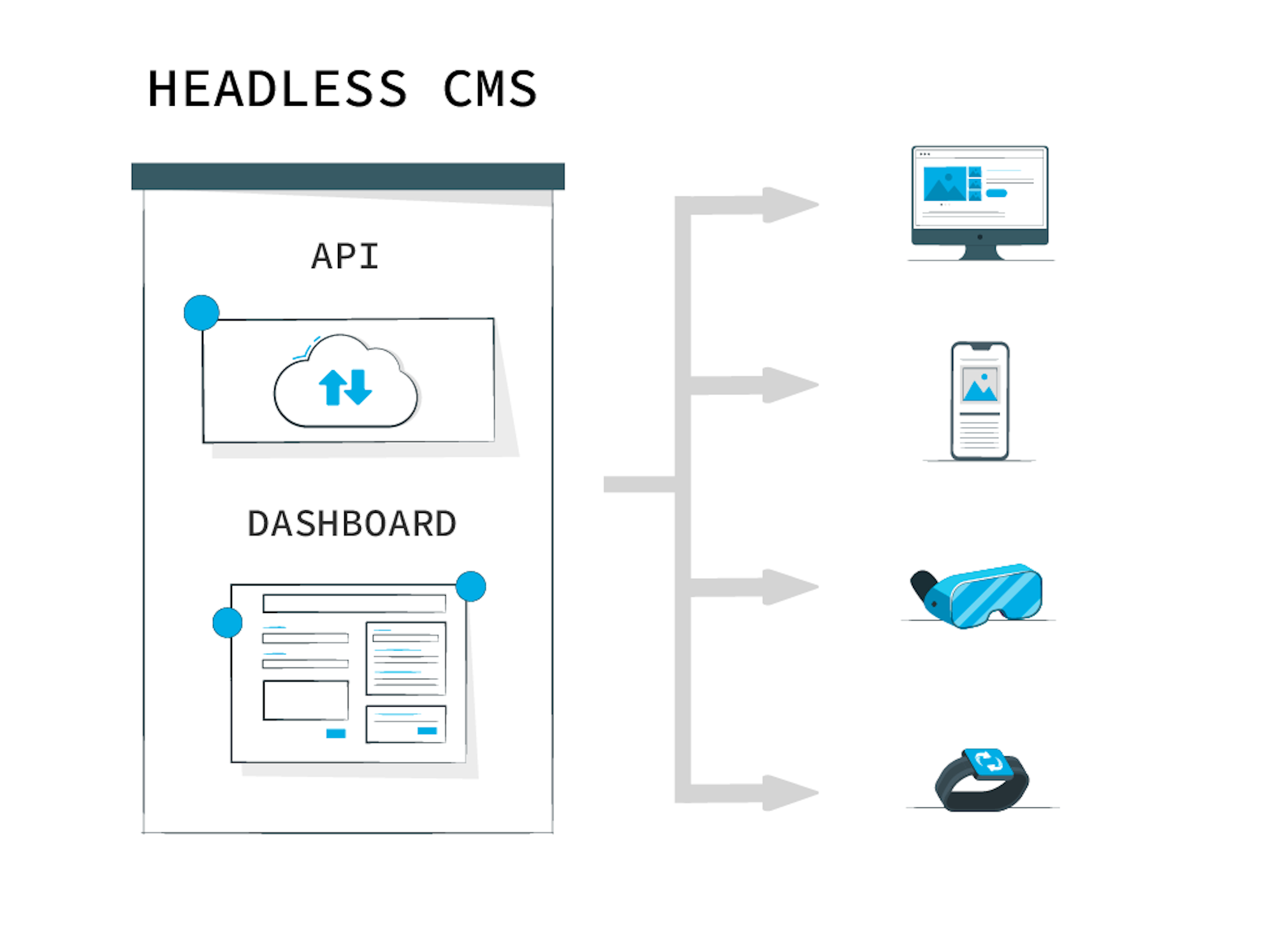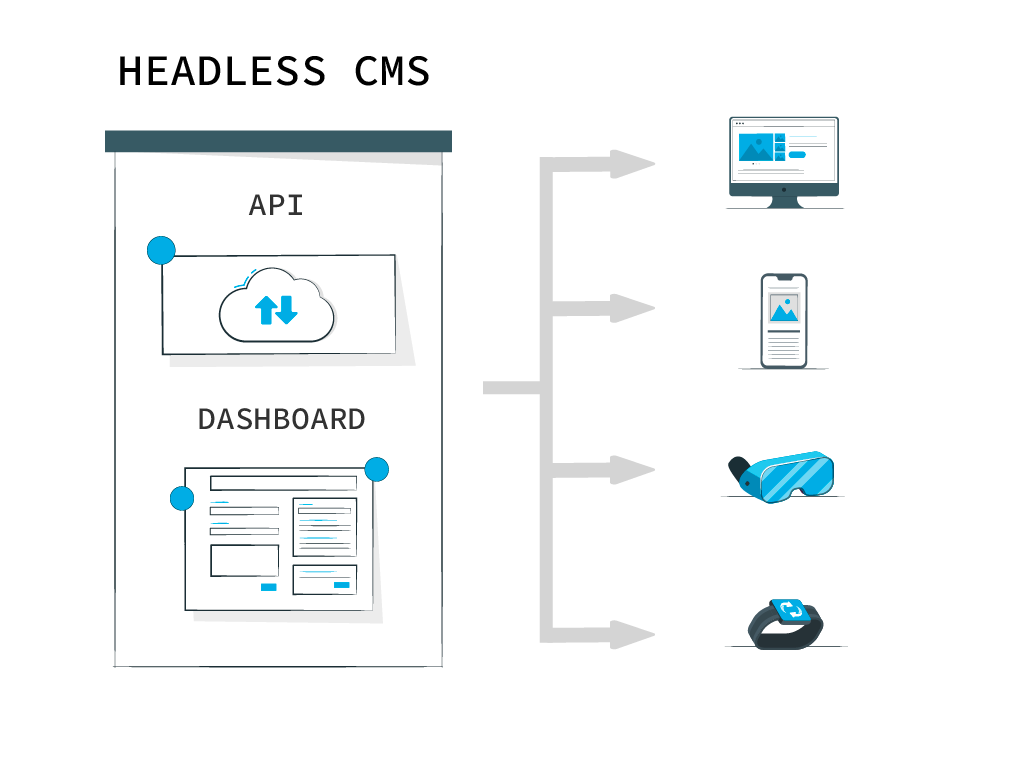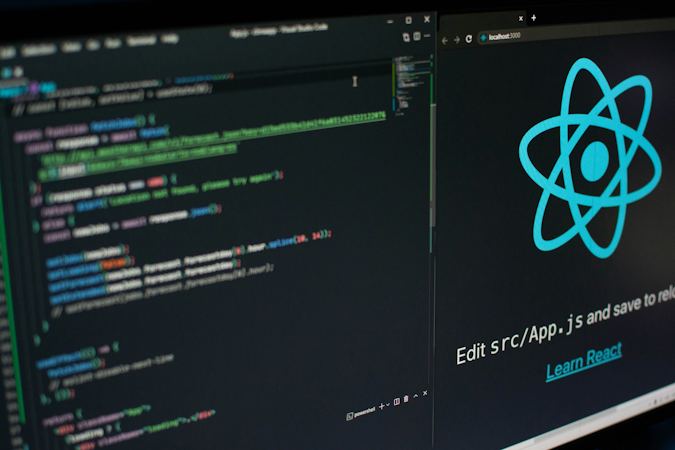
Kyle Meagher
January 13, 2021

In the modern world, companies must adapt to new realities constantly, and quickly. Changes are happening as a result of unique customer preferences, which in turn are driven by an increase in new communication channels including IoT devices, wearables, and incessant new mobile applications.

The rapid addition of new channels has a tremendous impact on the modern digital experience - the interactions customers and brands have with each other across the digital landscape. The quest for an optimal digital experience has increased our focus on the customer. Customers of today, and in the future, won't be satisfied with being entertained or educated with content; increasingly they want personalization and convenience.
For businesses that wish to compete, especially at the enterprise level, the table stakes for a digital presence are more complex than just "having a website." In fact, modern digital experiences often demand multiple websites, applications, and endpoints for customers. Customers expect nothing less than super-fast and hyper-personalized experiences, while internally, both marketers and developers have a need for speed, autonomy, and freedom to innovate. From a business perspective, all of the above needs to happen in a way that lowers costs and saves time.
It's enough to make business owners throw in the towel, retrogress, and pour their marketing budget into direct mailers.
Fortunately, there are better solutions available to meet the complex digital needs of today, and as we move into the future, we believe a headless approach will ultimately become the standard for managing content across all these channels effectively.
Managing Digital Experiences: Out With The Old...
A content management system (CMS) has long been a pivotal component for a successful digital strategy. It’s impossible for brands to effectively create, edit, manage, store, and deliver digital content without one. But, it’s not the only piece of technology required to effectively manage digital experiences.
Analytics, marketing automation, and digital asset management are just a few of the additional tools brands depend on. These additional tools have a major impact - not only on the type of CMS you require, but also on the software systems you implement and even the core business logic of your applications.
So, how have companies managed this historically?
The Old Suite Approach
For enterprise companies, in particular, a suite approach has often been the ideal approach - one vendor to handle all of your needs, from content management to email marketing and most other things within the marketing department.
To build digital experiences, companies would then incorporate a legacy CMS solution to manage a corporate website and blog. For some small companies, this approach can still work; after all, WordPress still powers over 30% of the internet. However, one issue that brands eventually run into is that legacy CMS solutions are rigid - they restrict and define the digital experience you can create.
One example would be WordPress being largely incapable of managing mobile application data. Its responsive web design is okay. But if you want to manage content for more complex applications? Wordpress can't hack it - or requires your dev team to build proprietary logic just to make your solution "fit" WordPress infrastructure.
While these platforms provide easy to use templates that make posting content to one or two endpoints easy, they fall short of providing consumers with the extensible, omnichannel experiences that they crave. On the backend, your integrations with other business tools become increasingly difficult to maintain There are too many restrictions on companies; something needs to change about the way CMS is implemented.
The Modern Best-of-Breed Approach
That centralized solution is usually a headless CMS. Headless technology gives teams more flexibility to choose the best tool for their jobs, in addition to better options for distributing content across multiple channels.
As one example, it’s quite common for marketing teams to rip and replace their martech software. In fact, according to ChiefMarTech, 83% of marketers replace a martech app each year. CRM tools, marketing automation, analytics, and business intelligence software are regularly pulled out, plugged in, and replaced as businesses scale or improve solutions.
A flexible and unbiased headless CMS makes connecting (and re-connecting) these tools seamless, producing a harmonious frontend experience for users and increasing development velocity on the backend.
The Role of The Headless CMS
How does headless accomplish this?
Since traditional content management systems lack the functionality and flexibility to do it all, headless platforms don’t attempt to be an all-in-one solution.
Headless CMS act as the central repository within a best of breed stack, focusing primarily on managing a brand’s content lifecycle. Increased focus on flexible API functionality allows companies to connect to multiple frontend channels and integrate the backend with whichever business tools they need, to build the experience they envision.
Headless Architecture: Removing Backend Restraints
Whereas in a legacy platform, the frontend and backend systems are tightly coupled together, a headless CMS has a decoupled approach that separates the backend repository from the frontend delivery layer.
So, teams still have a repository that allows them to create, store, manage and edit content and then can connect to any frontend channel they need to with the help of APIs. This removes the handcuffs from developers especially. Developers have more freedom to optimize the frontend experience for customers, using any language they want, and with more precise optimizations for unique frontends.
Whether brands need to deliver to something traditional like a website or a mobile device, emerging channels like a VR device or smartwatch, or a channel that doesn't exist yet, a headless CMS ensures your core data is readily deployable.
Read More: Headless CMS: Everything Explained
Free-flowing Content for Free-flowing Experiences
The second distinguishing feature of headless CMS from other content management systems is the collaboration tools that enable IT, teams and marketers, to work together fluidly.
For instance, thanks to the frontend agnosticism of a headless CMS, developers are free to use different frontend frameworks for different channels and experiences, optimizing each channel for speed and usability in the process. No matter where the content is heading, marketers can use the same user-friendly dashboards, workflow management tools, content authoring environments, and content preview feature.
Here's a real-world example of how this works: Medical Realities, a platform that delivers real and immersive experiences through VR, needed a way to deliver content to devices to teach surgeons using interactive models. With the help of Cosmic, a headless CMS, their developers quickly created content models that would allow their non-technical users to manage complex medical VR content and deliver it to the headsets.
Read More: Medical Realities Case Study
Cosmic: A Faster Way to Manage Modern Content Experiences
The modern digital experience is no longer limited to the corporate website or even the mobile device. It includes new and emerging channels such as VR headsets, smartwatches, video games, and more. Brands need a way to create and manage these experiences their customers crave quickly, and a central system that can coexist and integrate seamlessly with other tools in the Martech stack.
Cosmic is a headless CMS platform that enables teams to build these modern experiences by providing the new tools that developers need to create their own front ends or extend their capabilities with APIs. It also gives marketers an easy-to-use content editing experience that makes generating content for these experiences possible.



